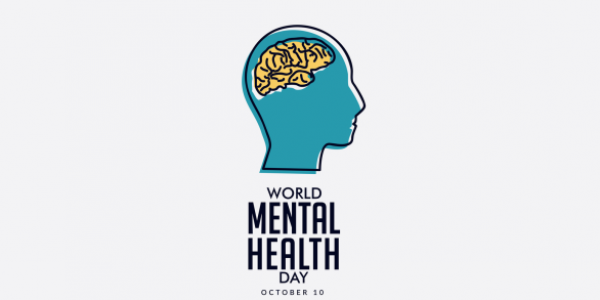The Basic Building Blocks of Empathy

Empathy is not something we either have or don't have. Empathy is a skill we can develop that can help us show up for other people when they are having a hard time.
Empathy is about letting someone know they are not alone in their pain. It is communicating that you are in it with them, see them suffering, and communicating that their emotional pain matters to you. Empathy is best seen as "stepping into a state of service" for another person in moments when they are having a hard time. Theresa Wiseman, a nursing scholar, has defined the 4 elements of empathy as follows:
1) Stay out of Judgment
You cannot simultaneously be judging someone and have empathy for them. In order to extend empathy to someone you have to suspend your personal judgment and approach them with an open heart and open mind. Sympathy recognizes that the person is having a hard time, but typically has judgment involved - as in "you poor thing".
2) Perspective Taking
Perspective taking is the art of looking at a situation through the identity lens and experiences of the person having the experience - not through your own identities/experiences. Perspective taking reduces the likelihood of implicit bias short circuiting your attempt to demonstrate care.
3) Identifying what the person is feeling
Can you identify, quietly to yourself, what this person is feeling right now. Is it more than one emotion they seem to be having? Can you make space for them to be feeling competing and conflicting emotions? Can you identify in your own experience what it feels like to FEEL these emotions? Being able to name and experience your own emotions is essential to your ability to offer empathy to others.
4) Demonstrating care that the person is feeling what they are feeling
People are sometimes hesitant to lean in and be with someone who is having a tough time because they don't know what to do, or how to fix the situation. Empathy has nothing to do with fixing. Empathy is not about the content of the person's situation, it is about tending to the emotional experience the person is having. Empathy is about caring, and more specifically it is about tangibly demonstrating to the person that you care - so they feel seen, heard, and cared for and supported.
To explorethe difference between empathy and sympathy watch this 3-minute talk by Dr. Brenè Brown
Assess your current capacity for empathy by completing this quiz – Berkley Empathy Quiz
To learn more visit the empathy section of our Emotional wellness resource page where you will find a wide variety of excellent resources on this topic.
Related Articles

Cultivating Psychological Safety in the Workplace
3 ways leaders can create a greater sense of psychological safety in the workplace.

Take Advantage of MSU Mental Health Services on World Mental Health Day!
Today happens to be World Mental Health Day, and it turns out that MSU offers a wide range of accessible programs and services that can help improve your mental health. So, why not take care of yourself and try one today?

Taking Care of You, While Taking Care of Business
Tips for supporting your emotional well-being during stressful times





